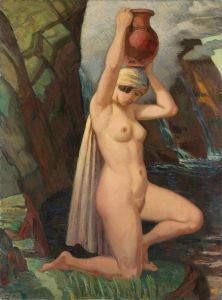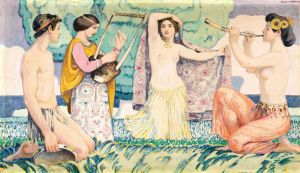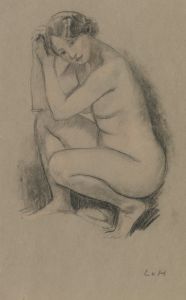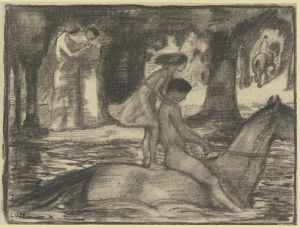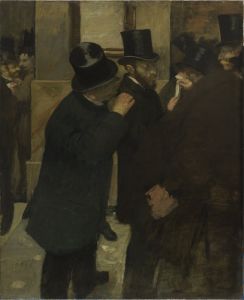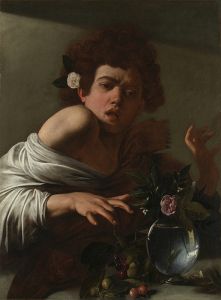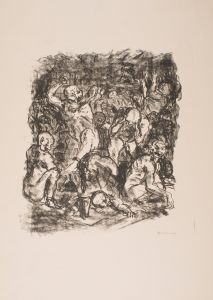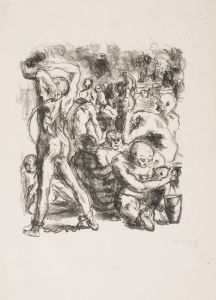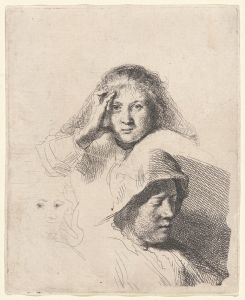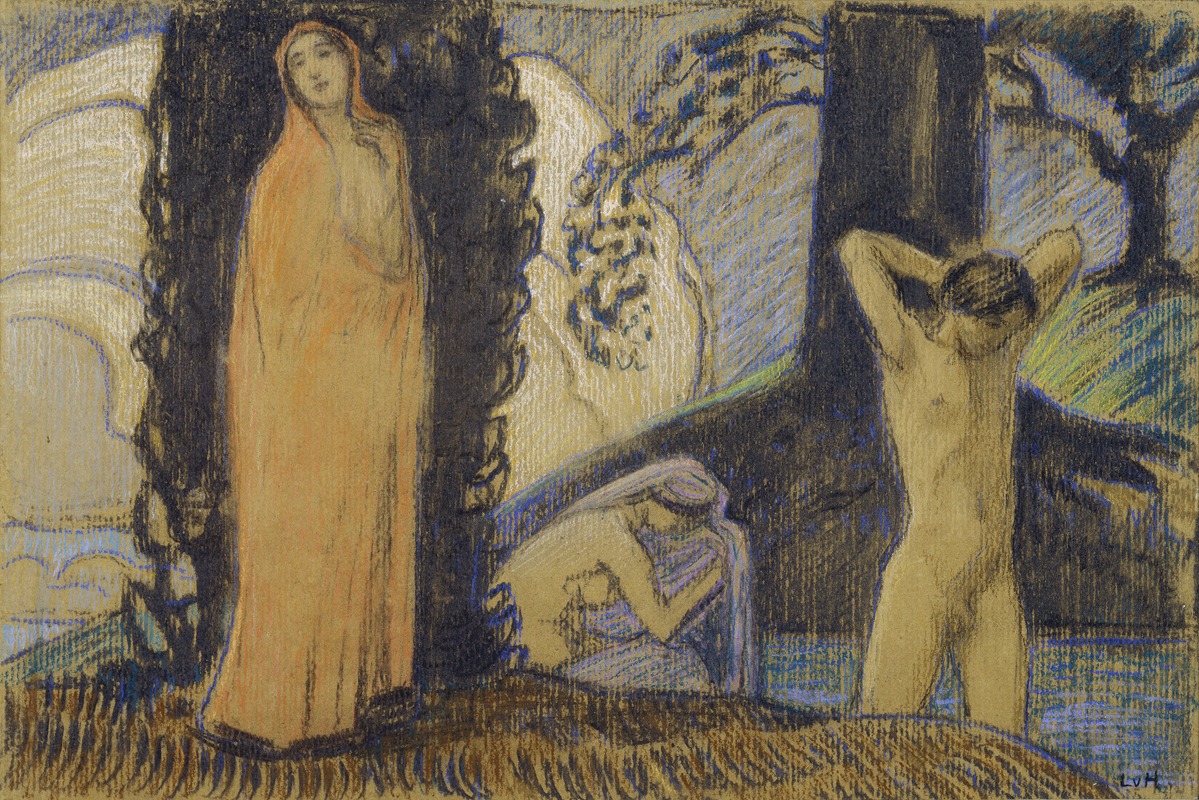
Zwei Frauen und ein Jüngling im Bade
A hand-painted replica of Ludwig von Hofmann’s masterpiece Zwei Frauen und ein Jüngling im Bade, meticulously crafted by professional artists to capture the true essence of the original. Each piece is created with museum-quality canvas and rare mineral pigments, carefully painted by experienced artists with delicate brushstrokes and rich, layered colors to perfectly recreate the texture of the original artwork. Unlike machine-printed reproductions, this hand-painted version brings the painting to life, infused with the artist’s emotions and skill in every stroke. Whether for personal collection or home decoration, it instantly elevates the artistic atmosphere of any space.
Ludwig von Hofmann was a prominent German painter and graphic artist associated with the Jugendstil movement, which is the German counterpart to Art Nouveau. His works are known for their idyllic and often mythological themes, characterized by a harmonious blend of human figures and nature. One of his notable works is "Zwei Frauen und ein Jüngling im Bade" (Two Women and a Youth Bathing).
"Zwei Frauen und ein Jüngling im Bade" exemplifies Hofmann's fascination with the human form and its integration with natural settings. The painting depicts three figures—two women and a young man—engaged in the act of bathing. This scene is set in a serene, natural environment, which is a recurring motif in Hofmann's work. The figures are portrayed in a state of leisure and tranquility, embodying the Jugendstil ideals of beauty and harmony.
Hofmann's use of color and form in this painting reflects the influence of both Symbolism and Art Nouveau. The soft, flowing lines and the gentle, muted palette create an ethereal atmosphere, inviting viewers to immerse themselves in the peacefulness of the scene. The composition is carefully balanced, with the figures positioned in a way that guides the viewer's eye through the painting, emphasizing the unity between the human figures and their surroundings.
The painting also reflects the broader cultural and artistic trends of the late 19th and early 20th centuries, a period marked by a renewed interest in classical antiquity and the exploration of mythological themes. Hofmann, like many of his contemporaries, sought to capture an idealized vision of beauty and nature, drawing inspiration from ancient Greek and Roman art. This is evident in the classical poses of the figures and the idyllic setting, which evoke a sense of timelessness and universality.
Ludwig von Hofmann's work, including "Zwei Frauen und ein Jüngling im Bade," played a significant role in the development of modern art in Germany. His paintings were celebrated for their aesthetic beauty and their ability to convey complex emotional and philosophical ideas through visual means. Hofmann's influence extended beyond painting; he was also a respected teacher and served as a professor at the Weimar Saxon-Grand Ducal Art School and later at the Dresden Academy of Fine Arts.
While specific details about the provenance or exhibition history of "Zwei Frauen und ein Jüngling im Bade" may not be extensively documented, the painting remains an important example of Hofmann's artistic vision and his contribution to the Jugendstil movement. It continues to be appreciated for its artistic merit and its reflection of the cultural currents of its time.
In summary, "Zwei Frauen und ein Jüngling im Bade" by Ludwig von Hofmann is a quintessential example of Jugendstil art, characterized by its harmonious depiction of human figures in nature, its classical influences, and its embodiment of the era's aesthetic ideals. Hofmann's work remains influential in the study of early modern art, offering insights into the artistic and cultural milieu of turn-of-the-century Europe.









